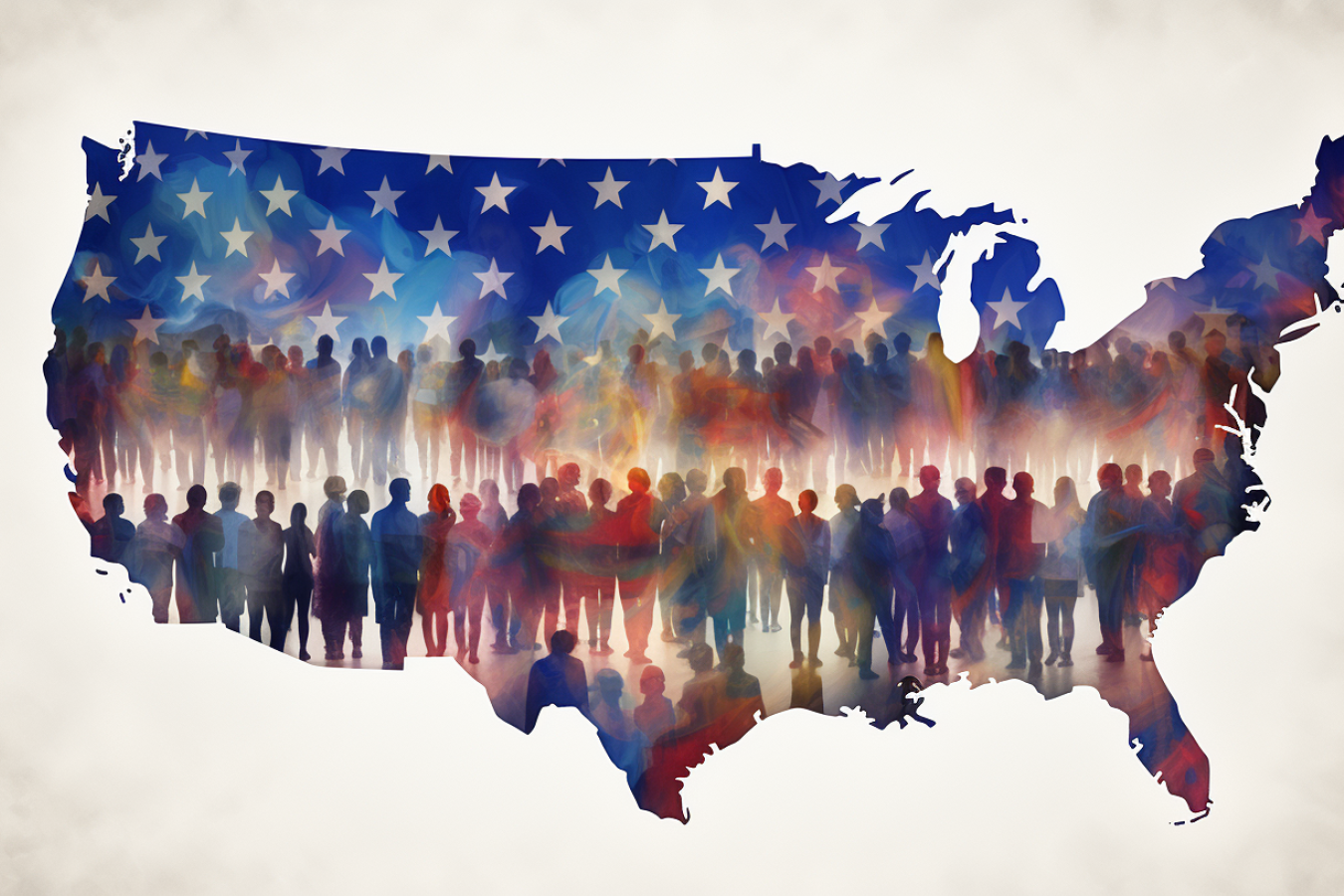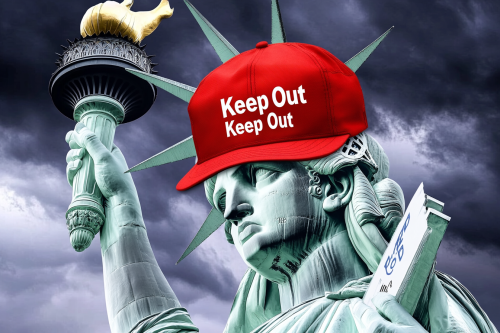By Sanwar Ali:
The United States, a nation constructed on the principles of liberty and opportunity, has always been a beacon for immigrants worldwide. However, recent years have seen a significant decrease in immigration numbers, leading to a myriad of economic issues, including labor shortages and inflation. This article explores why the US needs more immigrants and how they can benefit the economy.
Table of Contents:
- Immigration and the US Economy
- The Impact of Labor Shortages
- The Inflation Conundrum
- The Necessity of Immigration
- The Downfall of Decreased Immigration
- The Role of Visa Programs
- Addressing the Skills Shortage
- Legislative Solutions Needed
- The Future of the US Workforce
- Conclusion
1. Immigration and the US Economy
Immigrants have always played a crucial role in the US economy. They contribute to the workforce, start businesses, pay taxes, and help drive economic growth. But recent trends show a decline in immigration, which poses a significant challenge to the US economy. The COVID-19 pandemic only aggravated these issues, creating a perfect storm of labor shortages and inflation.
"Immigration must be a part of the solution to the labor shortage problem," says an economist at the Federal Reserve.
2. The Impact of Labor Shortages
Labor shortages have become a major concern for the US economy. These shortages are particularly acute in industries such as construction, hospitality, and agriculture, where immigrant workers typically fill a significant portion of jobs.
A decrease in immigration has led to extreme labor shortages and wage increases. Consequently, employers have been forced to offer higher wages to attract workers, leading to increasing costs for consumers—a phenomenon known as inflation.
3. The Inflation Conundrum
Inflation is a complex economic issue with multiple contributing factors. However, labor shortages, driven by a decrease in immigration, have been identified as a significant contributor to recent inflation spikes.
"The US is running out of workers, and immigration must be part of the solution," says a Harvard Kennedy School researcher.
4. The Necessity of Immigration
If the US is to continue growing its economy and remain globally competitive, it must address its labor shortages. Immigration offers a viable solution.
In 2022, the US had almost twice as many job openings as unemployed workers. Meanwhile, the total working-age population rose only by around 3% per year. These trends suggest a clear and pressing need for more workers—specifically, immigrant workers.
5. The Downfall of Decreased Immigration
The pandemic and policy changes have significantly reduced immigration to the US. This decrease has exacerbated labor shortages and contributed to rising inflation.
Immigration limits, USCIS backlogs, closures of DOS consulates overseas, and border restrictions have all played a part in this decline. It's estimated that nearly two million working-age immigrants who would have ordinarily entered the US were unable to do so.
6. The Role of Visa Programs
Several visa programs, such as the H-2A and H-2B, allow foreign workers to enter the US temporarily for specific types of work. However, these programs primarily target employers with seasonal needs, leaving a gap in non-seasonal occupations.
By making it easier for foreign workers to come into the country, the US could effectively address its labor shortages and mitigate the effects of inflation.
7. Addressing the Skills Shortage
Many sectors of the US economy require specific skills that are currently in short supply. The construction industry, for example, is projected to need more than a half a million additional workers in 2023.
Immigrants, many of whom bring unique skills and expertise, could help fill these gaps and stimulate economic growth.
8. Legislative Solutions Needed
To address these challenges, the US government must take action. Updating Schedule A, a list of occupations facing dire shortages, could make hiring from abroad easier for employers.
Additionally, adjusting the definition of "seasonality" could open current worker programs to employers in year-round industries.
9. The Future of the US Workforce
The US workforce is aging, and as the baby boomer generation reaches retirement age, the demand for workers in various sectors will only increase.
By embracing immigration as a solution to labor shortages, the US can ensure a robust and diverse workforce for years to come.
10. Conclusion
The US is at a critical juncture. To address labor shortages and combat inflation, it must embrace immigration as a solution. By doing so, it can ensure a vibrant, diverse, and robust workforce that will drive economic growth and prosperity for all.
workpermit.com helps with US Work Visa: L1, H1B, E2, and O1 Visas
There are various types of US visas that individuals can apply for, depending on their circumstances. Some of the most common employment-based visas include:
-
L1 visa: This visa is for intracompany transferees who work in managerial or executive positions or have specialized knowledge.
-
H1B visa: This visa is for specialty occupations that require theoretical or technical expertise in specialized fields.
-
E2 visa: This visa is for investors who have made a significant investment in a US business and, management or essential skills employees. Only certain nationalities can apply.
-
O1 visa: This visa is for individuals with extraordinary abilities in the arts, sciences, education, business, or athletics.
Workpermit.com is a specialist visa services firm with over thirty years of experience dealing with visa applications. For more information and advice, please contact us on 0344 991 9222 or at london@workpermit.com(link sends e-mail)




